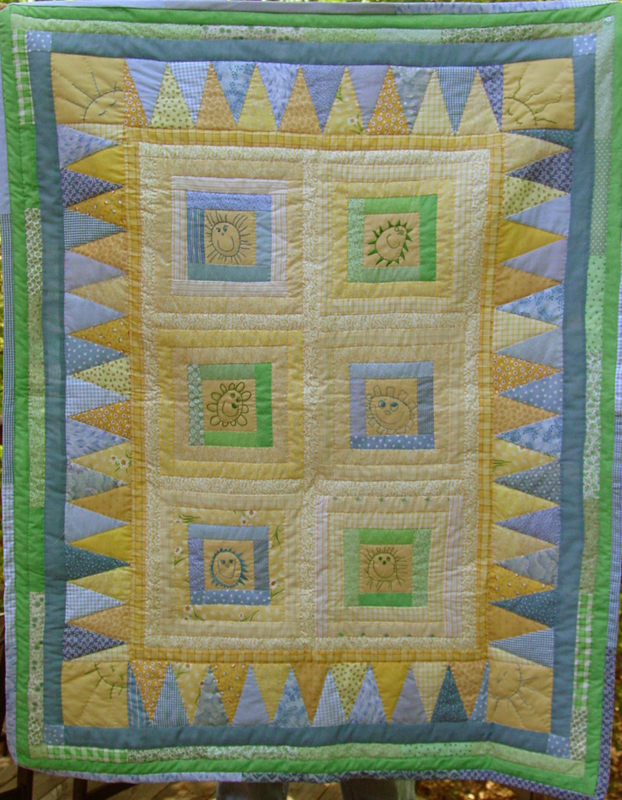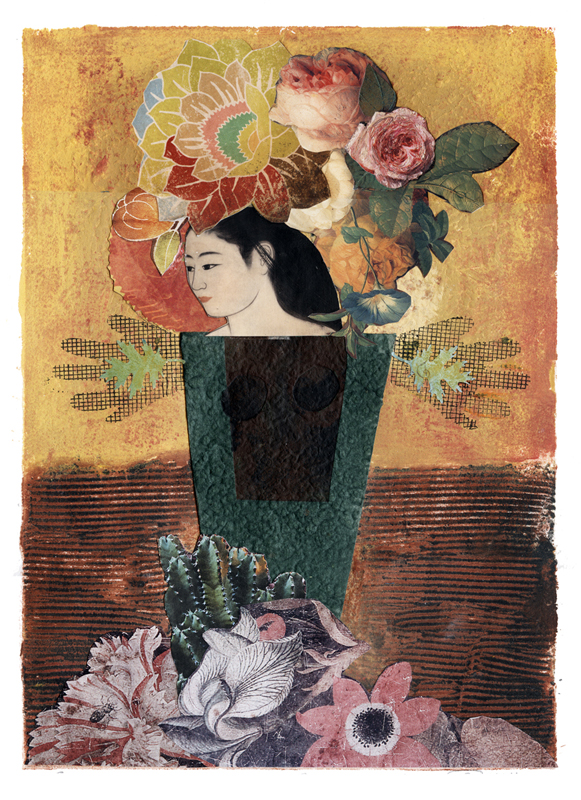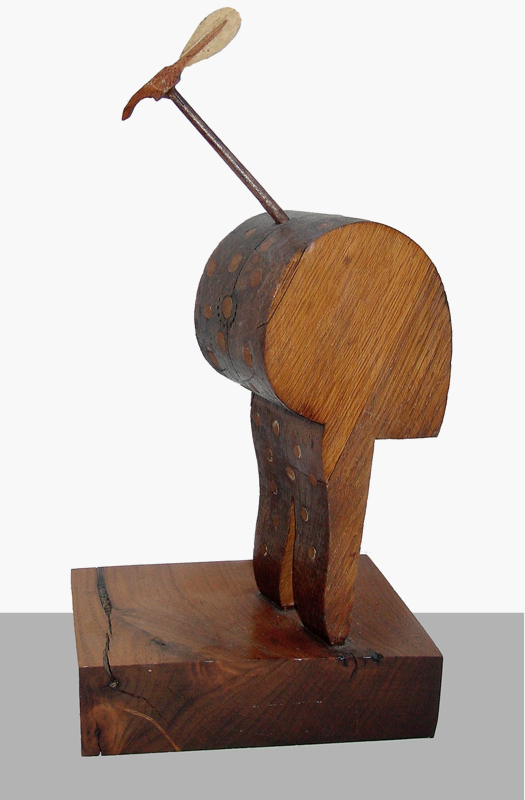Unconscious Imbedding Led to an Art Vocabulary
My first recollection of saving and recycling occurred when I went for a drive to the Rupert city “dump” with my dad and a bag of empty tin cans in the back seat. I was astonished to see piles of rubbish as well as discarded furniture and clothing. While exploring the heaps, I found a lovely little dress that I knew would fit my younger sister Lucy who was about two years old at the time. We laundered the dress in our wringer washer a couple of days later. The dress did fit Lucy. She was so darn cute wearing it to church the next Sunday! Since I was the eldest of four girls, my clothes were “handed down” to my other sisters when I outgrew them. My mother’s youngest sister Annie gave me her prom dresses and swim suits, which I wore whether or not they actually fit. Thus, the vocabulary of saving and recycling began to imbed itself in my psyche.

In the early 1950’s, my sisters and I were allowed to pick out fabric at the JC Penny store each summer. Our chosen cotton prints were cut up according to dressmaker patterns and sewn by our mother into school clothes. The patterns looked strange to me, but somehow, the oddly-shaped pieces all fit together and were magically transformed into a dress, a blouse or a pair of shorts. Delicately printed, empty twenty-pound flour sacks were turned into soft summer pajamas. Left-over scraps were saved and eventually pieced together to make curtains in our bedrooms or quilts under which we slept.
My mother showed me some of her childhood drawings, which gave me the notion that I wanted to draw too. The Big Chief lined school paper pads were unsatisfactory, so my mother carefully opened up unlined business envelopes for me to draw on. They were few and far between, but I used them all. At that time, drawing pads were not known to our family.

Being thrifty, collecting cloth and paper, then assembling these things into something usable was an integral part of my childhood life on the farm. Now, when I look back at this way of living, I understand how my adult art-life vocabularies were imbedded in my psyche during those early years. I synthesize imagery in my collage/paintings/sculptures and arrange words into my poems. Nearly all of my art pieces begin with collected bits and pieces containing references to stories which I then explore. For instance, a felt piano hammer suggested a bird neck and head, so that is what it became the first of many in my “Imaginary Bird” series.
It’s one thing to be inspired by a collection of cut up words or printed imagery, but without the painstaking ethos of fieldwork on the farm (thinning sugar beets steadily from breakfast to noon), I might have lacked the patience and perseverance to bring my complicated art pieces to fruition.


Cloth Poem
Colorful, woven,
Fabric of Tibet, India, Korea
Flying from tree branches
Little prayer flags
Fluttering messages
Knotted wishes
The tree takes on a new life
Blooms with mystic intent
Reaches skyward
Singing silk songs
To the Awesome One
